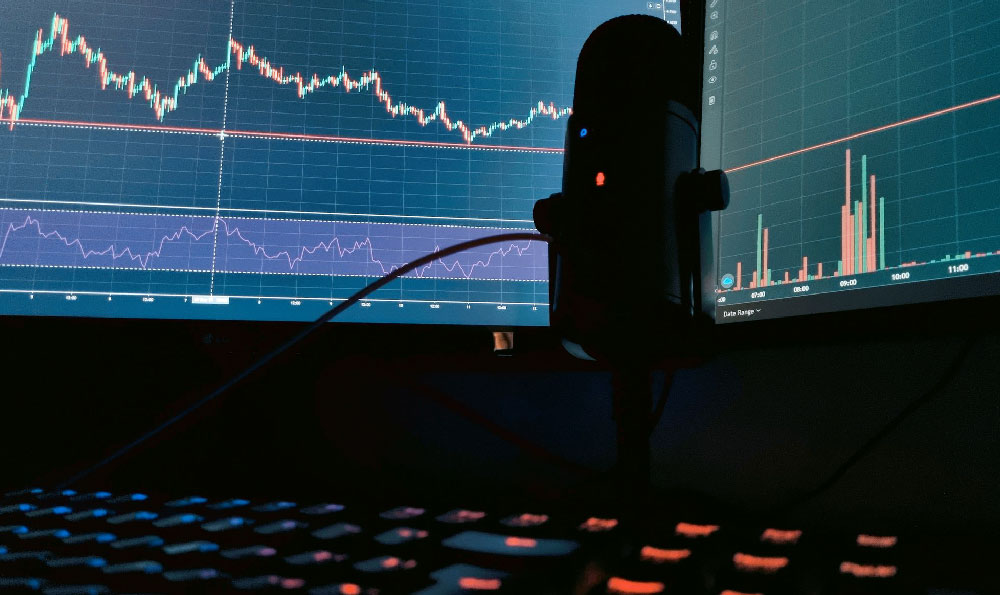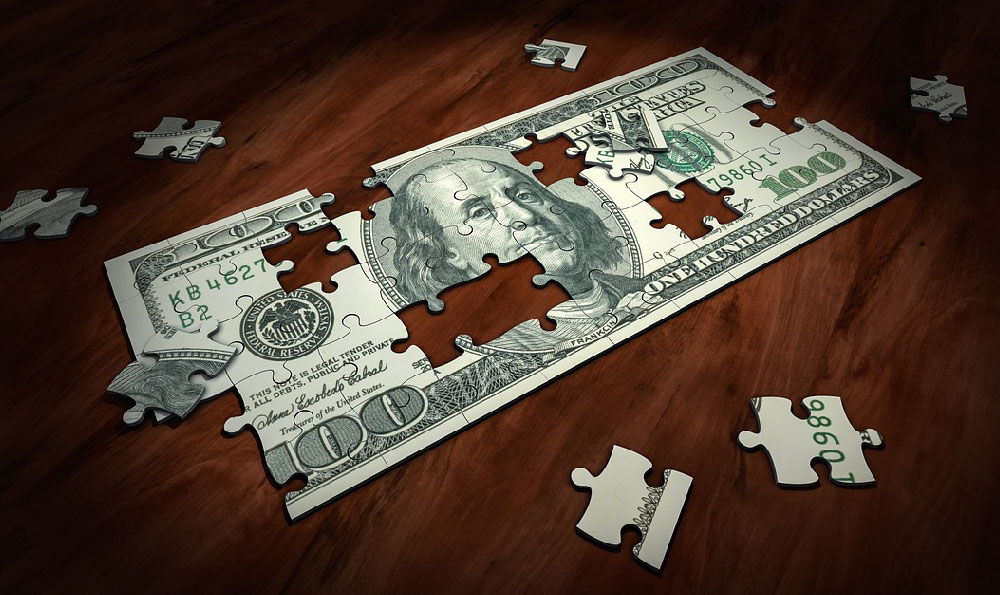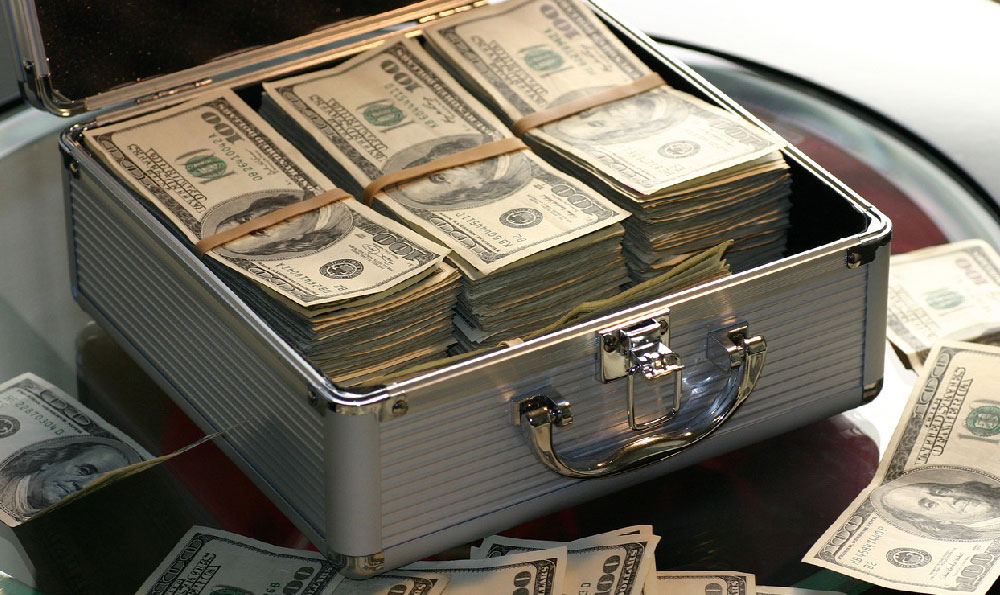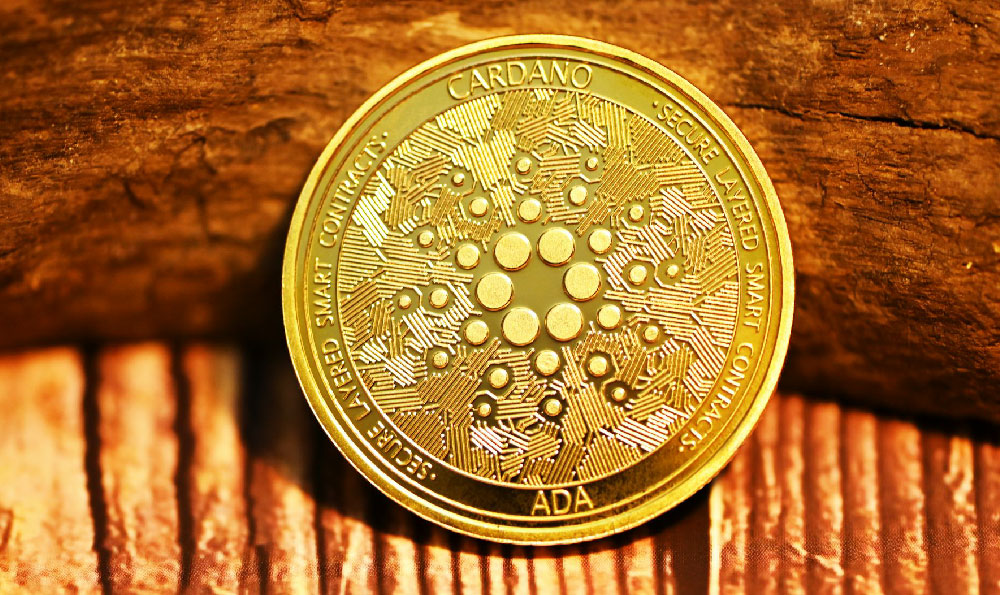Creating counterfeit currency, while seemingly a path to quick wealth, is a dangerous and illegal endeavor with significant risks and ultimately, a very low probability of success in the long run. Let's delve into the technical complexities, the severe legal ramifications, and the futility of such an undertaking.
The modern production of currency is a highly sophisticated process involving multiple layers of security features designed to deter counterfeiting. Think beyond a simple printer and some paper. We're talking about specialized paper made from a blend of cotton and linen, often with embedded security threads and watermarks that are incredibly difficult to replicate. These papers are sourced from very few suppliers globally, and obtaining them without raising suspicion is nearly impossible.
Then comes the printing process itself. Governments and legitimate currency printing facilities use intaglio printing, a technique that creates raised, tactile designs on the surface of the bill. This is achieved through intricate engravings and high-pressure presses that leave a unique feel on the currency. Replicating this requires access to extremely expensive and specialized machinery, the kind that is not readily available and attracts immediate scrutiny if acquired.
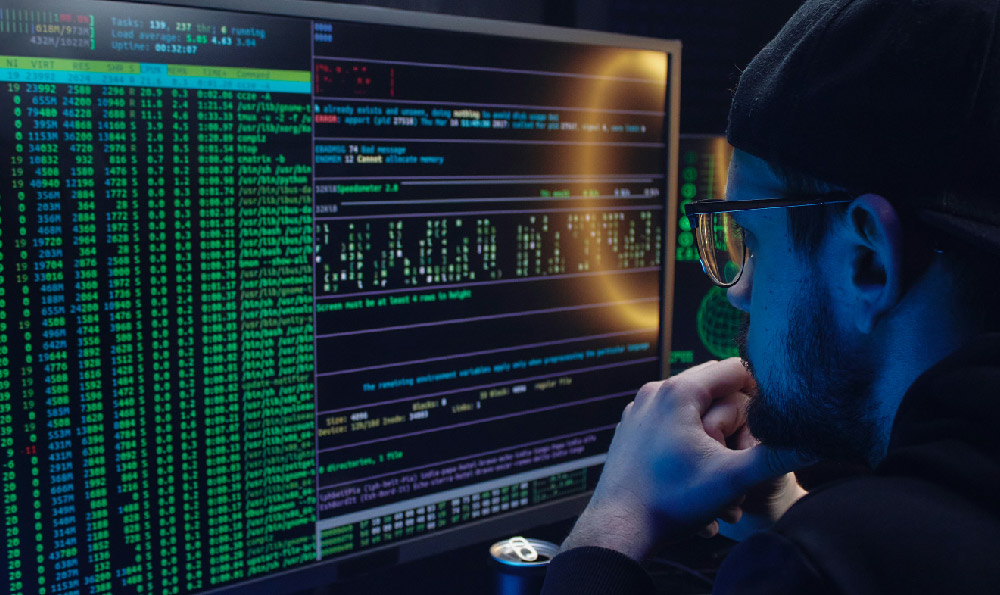
Furthermore, modern currency incorporates a range of advanced security features like microprinting, color-shifting ink, and holograms. Microprinting involves printing text so small that it appears as a solid line to the naked eye, requiring a magnifying glass to read. Color-shifting ink changes color when viewed from different angles. Holograms are three-dimensional images that are incredibly difficult to duplicate without specialized equipment and expertise. These features are constantly evolving as counterfeiters attempt to circumvent them, creating an ongoing arms race between currency designers and those attempting to replicate their work.
Even if one were to successfully reproduce some of these features, the sheer complexity of integrating them all seamlessly and convincingly is a monumental task. A single flaw, however minor, can be enough to identify a counterfeit bill. Retailers and financial institutions are equipped with sophisticated detection tools, including ultraviolet lights, magnifying glasses, and counterfeit detection pens that can quickly identify inconsistencies.
Beyond the technical challenges, the legal consequences of counterfeiting are severe. It's a federal crime, and the penalties can include lengthy prison sentences, substantial fines, and a permanent criminal record. Law enforcement agencies around the world take counterfeiting very seriously, and they have dedicated units and resources to investigate and prosecute such cases. They often use sophisticated forensic techniques to trace counterfeit currency back to its source, even if it has been distributed widely.
Moreover, engaging in counterfeiting exposes individuals to a dangerous underworld. Counterfeiting operations often involve criminal organizations and illicit activities. Being involved in such activities puts one at risk of violence, exploitation, and even death. The potential "rewards" are simply not worth the enormous risks involved.
Finally, consider the futility of counterfeiting in the long run. Even if one manages to create a seemingly convincing counterfeit bill, it's only a matter of time before it's detected. As detection technology improves and law enforcement becomes more adept at identifying counterfeit currency, the chances of getting caught increase exponentially. The lifespan of a successful counterfeiting operation is typically short, and the consequences of failure are devastating.
Instead of attempting to create counterfeit currency, which is a dangerous and ultimately futile endeavor, consider exploring legitimate avenues for wealth creation. Investing in education, developing valuable skills, starting a business, or engaging in responsible investing are all far more viable and rewarding paths to financial security. While these paths may require more time and effort, they offer a sustainable and ethical way to achieve financial success without the risks and consequences associated with illegal activities. The energy and ingenuity required to even consider counterfeiting would be far better spent on legitimate and productive pursuits. Remember, true wealth is built on integrity and hard work, not on deception and illegality.


